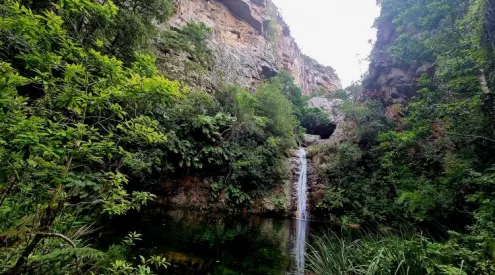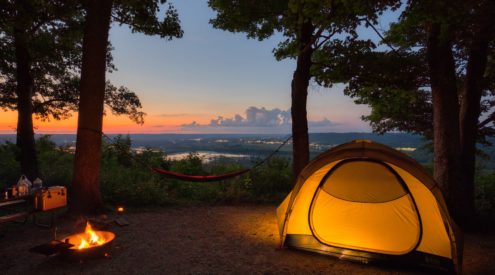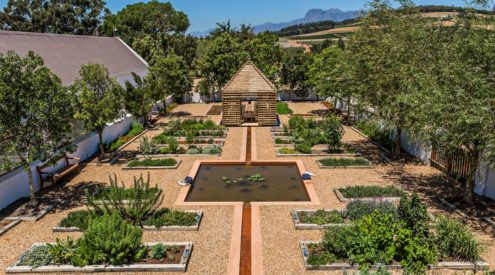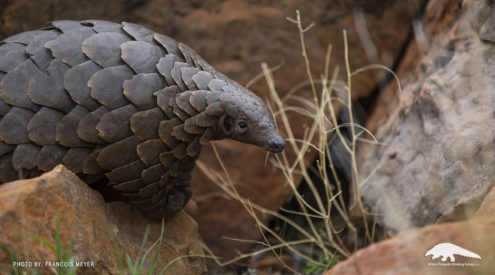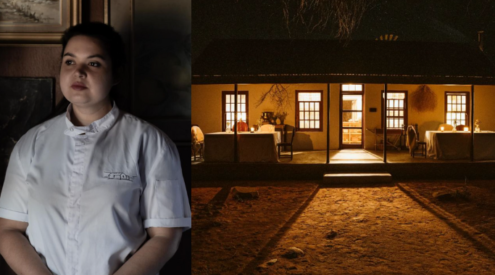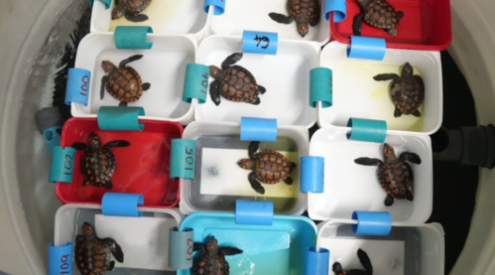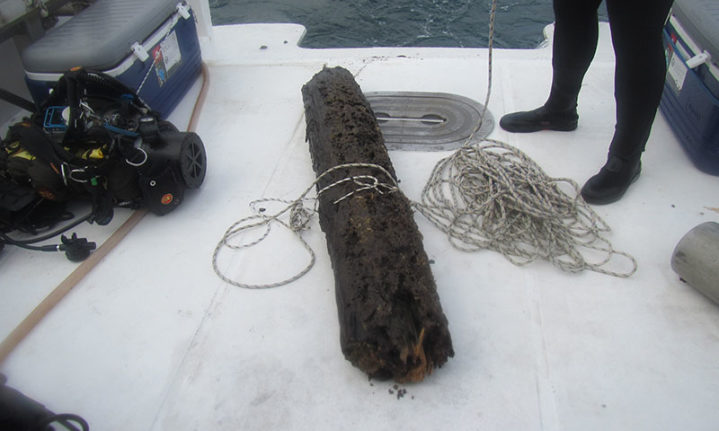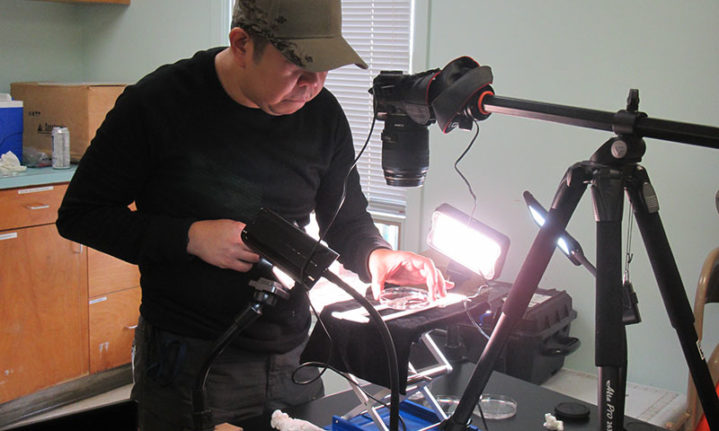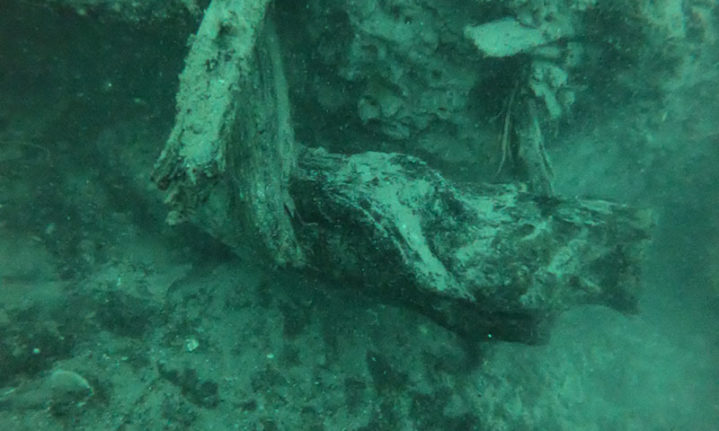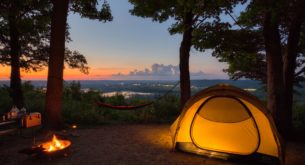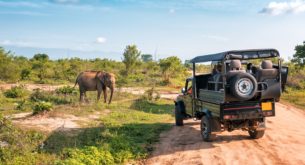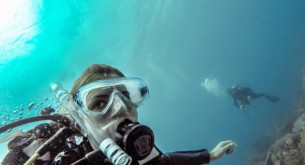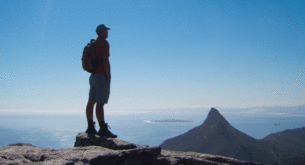Submerged off the coast of Alabama, in the Gulf of Mexico, lies a 60,000-year-old cypress forest that could be hiding the secrets to creating new life-saving medicines.
The ancient forest was long believed to be nothing more than a rumour. When Hurricane Ivan hit Alabama in 2004 however, it swept up the seabed and sediment covering the rumoured forest. This exposed it for the first time in 60,000 years, albeit from 18 meters (60 feet) underwater.
The firest now lies 60 feet underwater off Alabama’s coast in Mobile Bay. Since Hurricane Ivan hit, the site has been visited by a few scientists and filmmakers to explore its hidden secrets.
One of the scientists to visit the location was Brian Helmuth, a professor of marine and environmental sciences at Northeastern University.
‘It was a really nice day. Pretty calm on the surface and we were expecting it be equally nice on the bottom,’ Helmuth told CNN. ‘But we got to the bottom and it was like diving in chocolate milk. We literally could not see our hands in front of our faces.’
While the dive conditions may not have ideal, what the team of scientists found made their efforts worth it. Helmuth and his team managed to recover a large log from the submerged forest, and best of all, because it was buried under layers of sediment for a number of years, oxygen was unable to decompose it, meaning it was extremely well preserved.

Collected from an ancient cypress forest submerged in Mobile Bay, this log contains hundreds of marine organisms that either burrow into the wood or live in burrows made by other organisms. Credit: Ocean exploration and research
Helmuth described the condition of their finding as ‘something that you could have picked up from today. It still had bark on it. It still had all the coloration on the inside. It was just locked away for 60,000 years.’
The real discovery came when scientists took a look inside the ancient log. Scientist removed 300 animal remnants from the wood, but one particular shipworm, and more so the bacteria living in the shipworm really sparked their interest. The bacteria found from the shipworms that had been living inside the 60,000-year-old wood had never been discovered before.
In an interview with CNN, Margo Haygood, a research professor of medicinal chemistry at University of Utah said: ‘We were able to isolate bacteria from them and get some bacteria that we haven’t worked with before, so we’re really excited about that.’

Researcher Marvin Altamia focuses on capturing detailed voucher images of organisms collected from the Alabama submerged forest. These high-quality images capture the morphology of the marine organisms and can be used for species identifications. Credit: Ocean exploration and research
Out of the 100 bacterial strains extracted from the piece of wood, 12 are currently undergoing DNA sequencing to evaluate their potential to make new drugs that would be used to treat pain as well as anti-cancer drugs.
Francis Choi, a senior lab manager at Northeastern University’s Marine Science Center told CNN that the team are working on getting unmanned underwater robots to make 3D visualizations of the submerged forest.
Images: Ocean exploration and research


